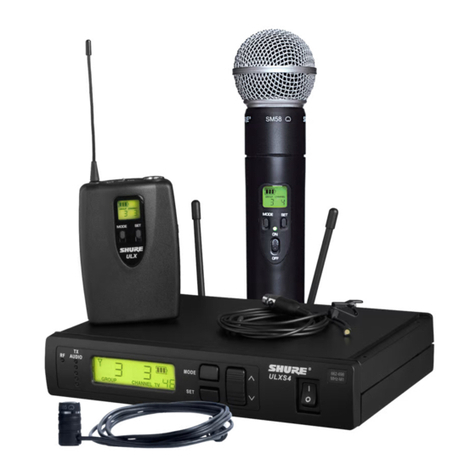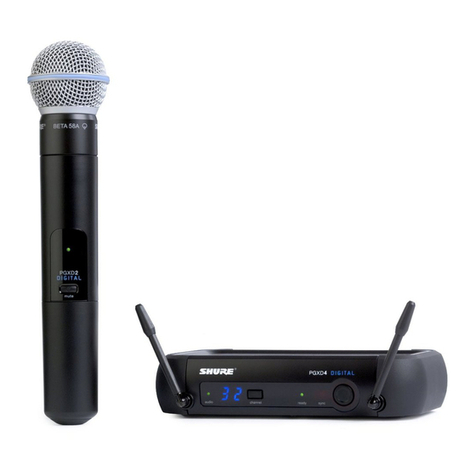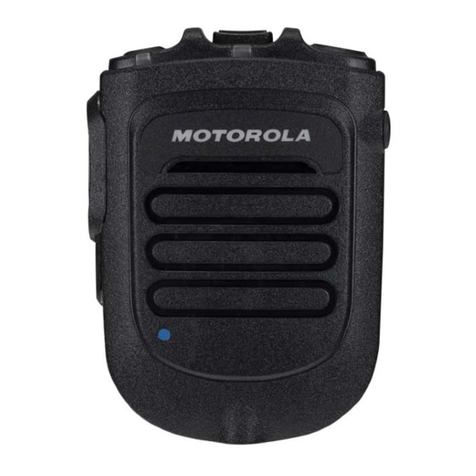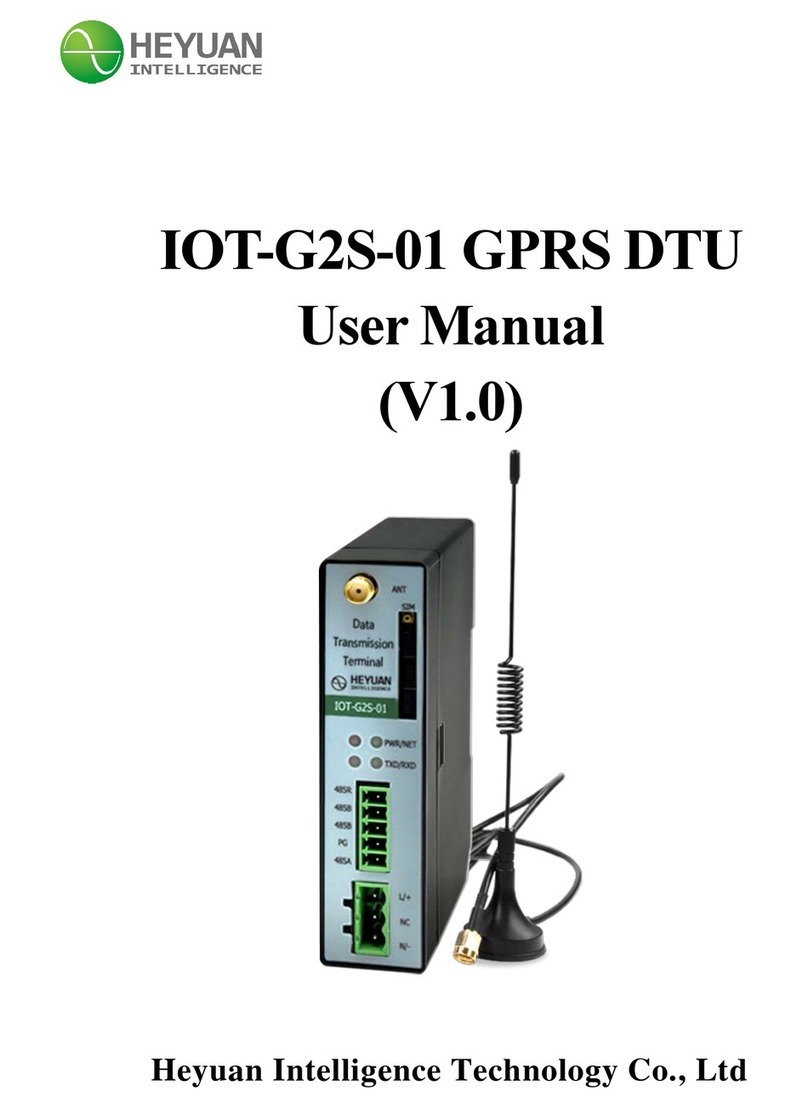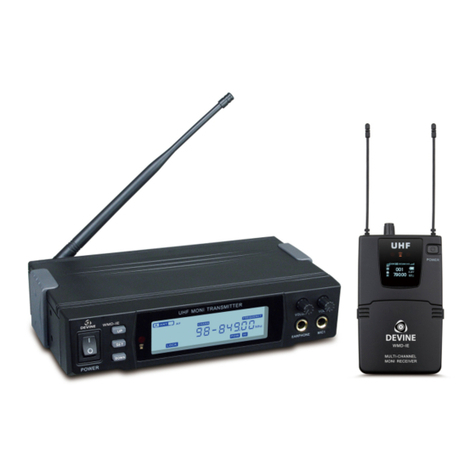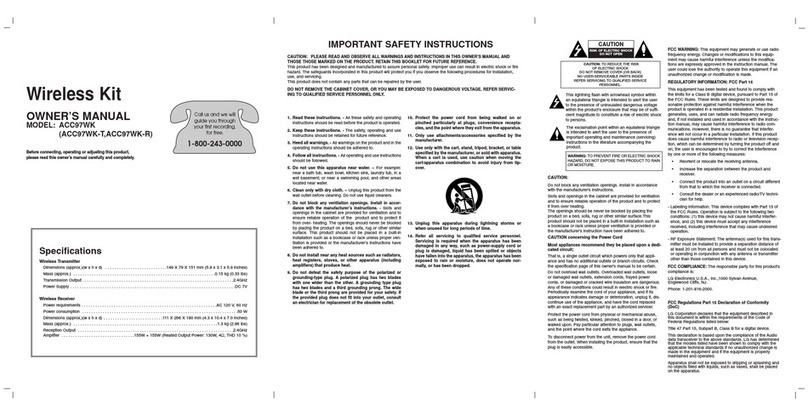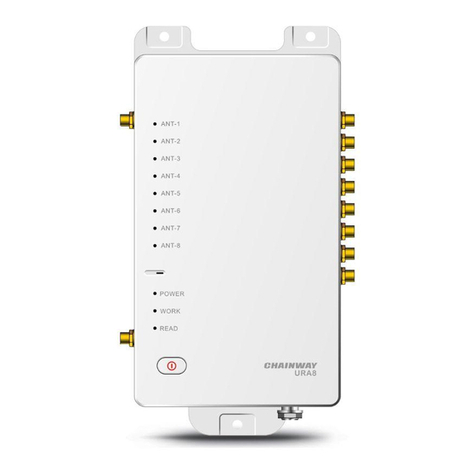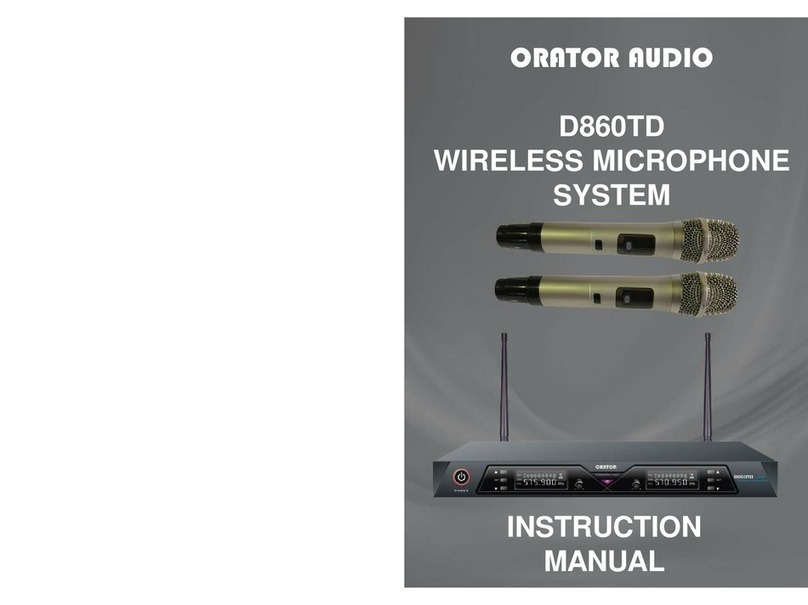Shure KCX Specification sheet
Other Shure Microphone System manuals

Shure
Shure QLX-D Series User manual
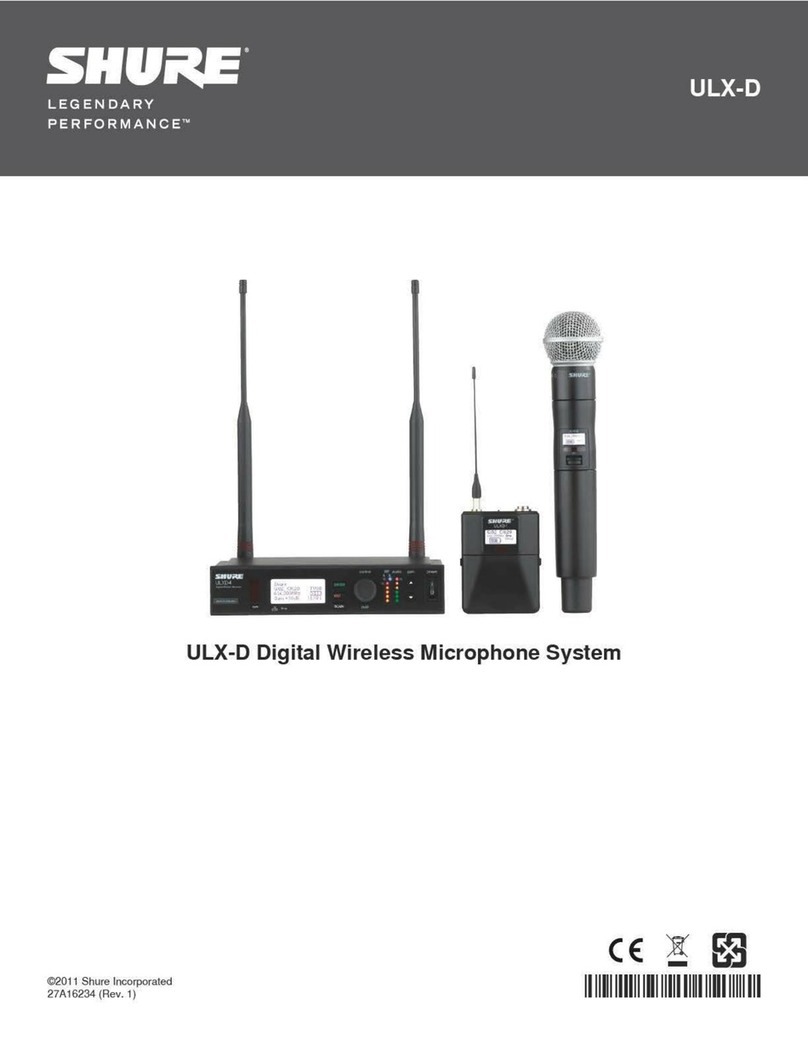
Shure
Shure ULX-D User manual
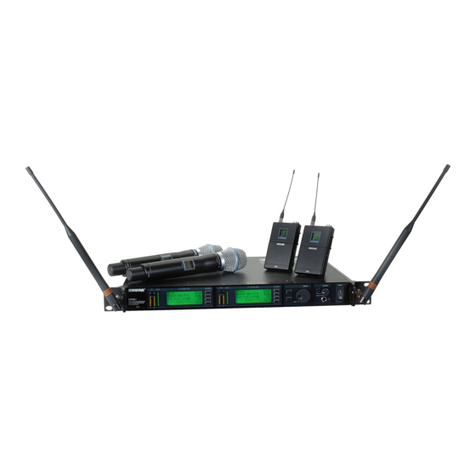
Shure
Shure UHF-R Wireless User manual

Shure
Shure ULXD8 User manual
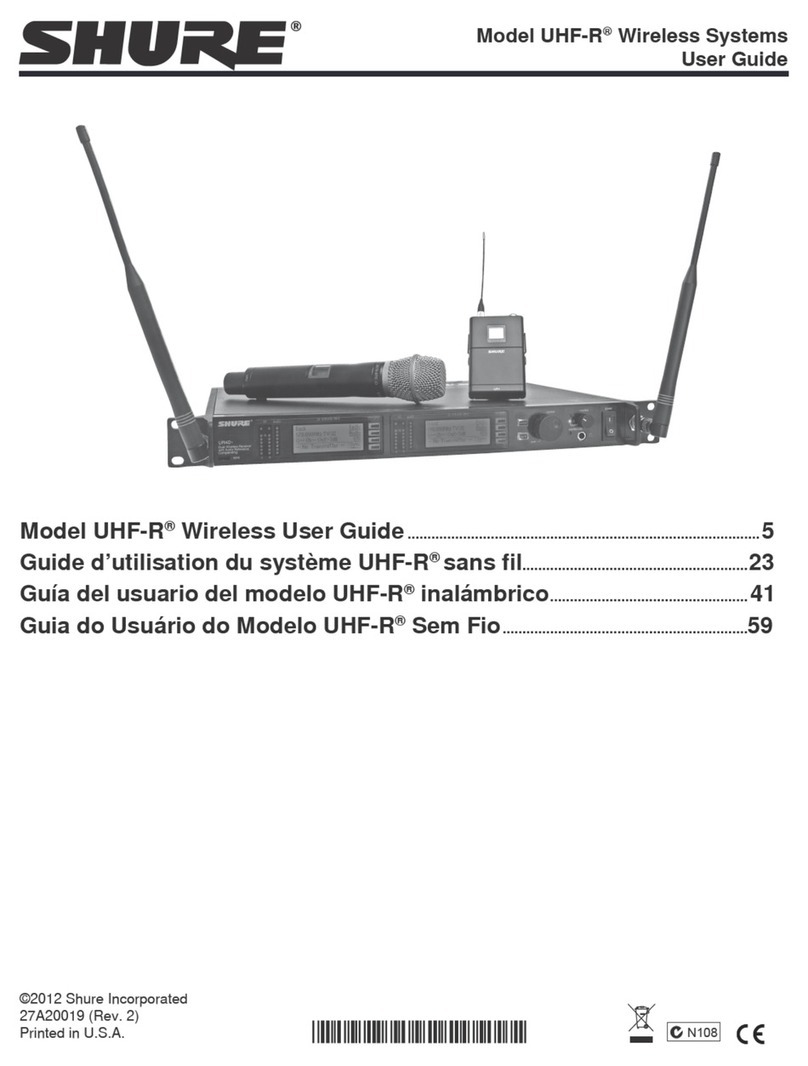
Shure
Shure UHF-R Wireless User manual
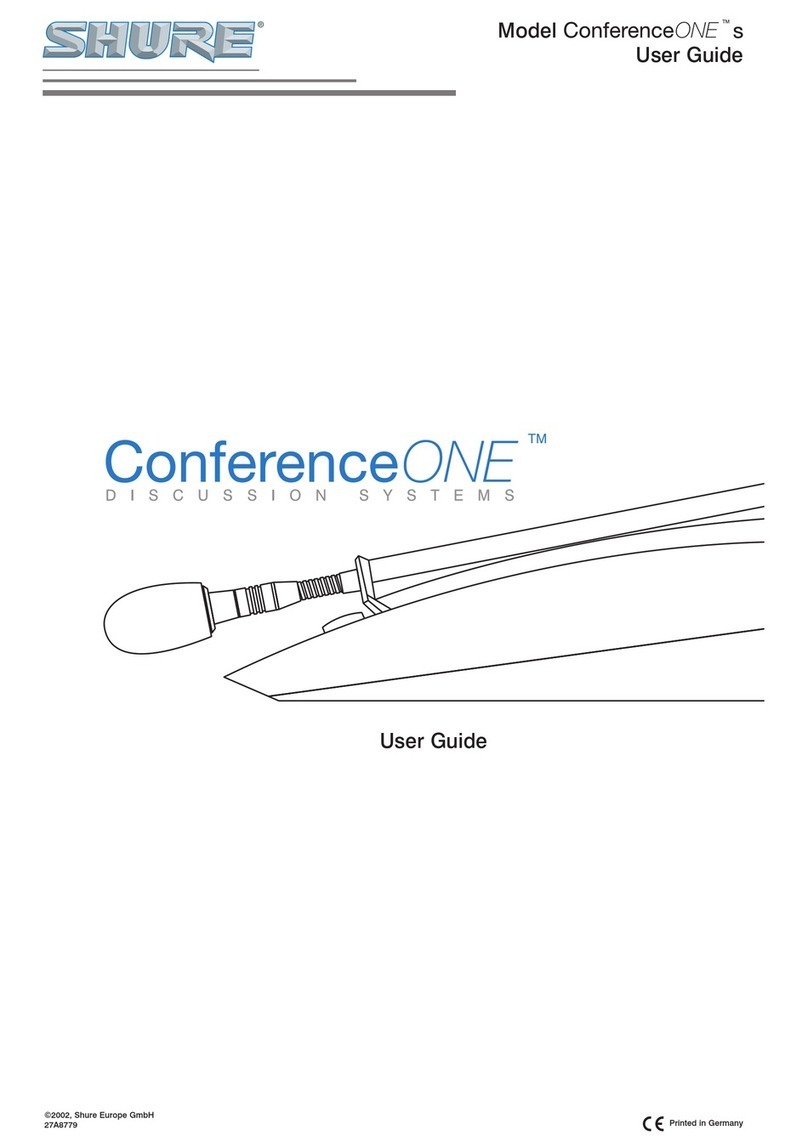
Shure
Shure ConferenceONEs User manual

Shure
Shure ULX-D User manual
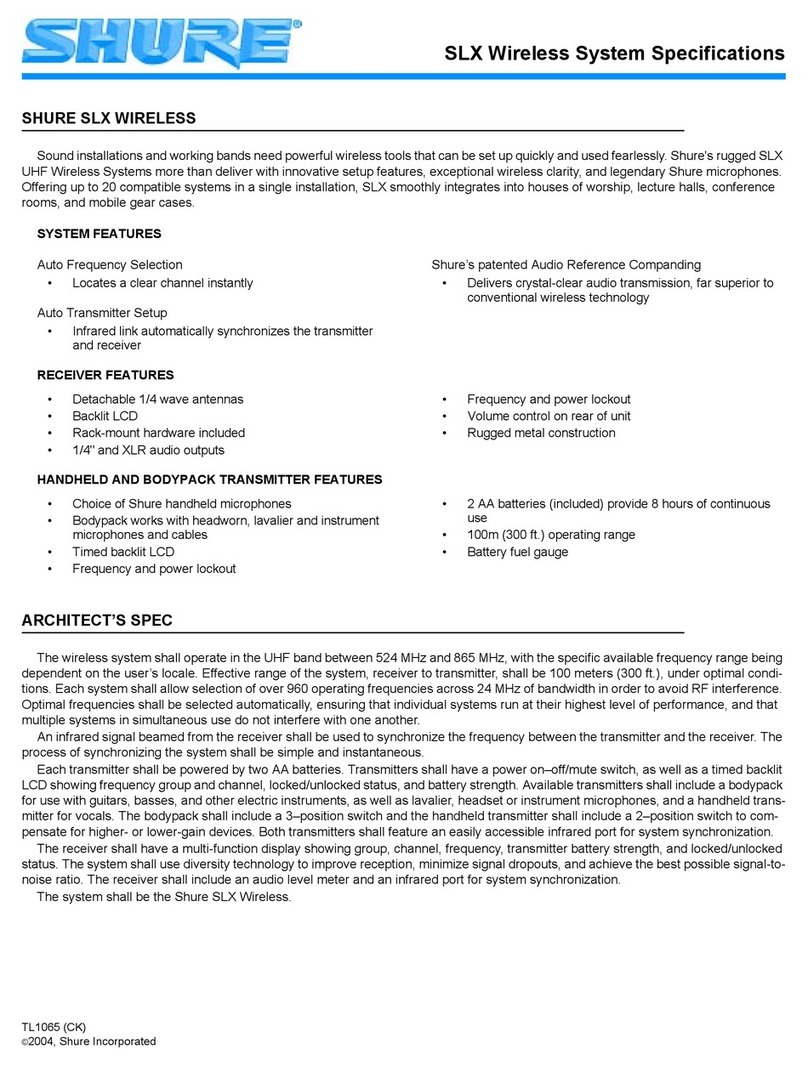
Shure
Shure SLX Wireless System User manual

Shure
Shure Performance Gear User manual
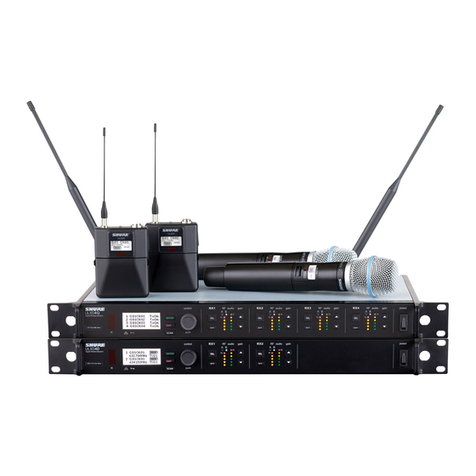
Shure
Shure ULX-D User manual
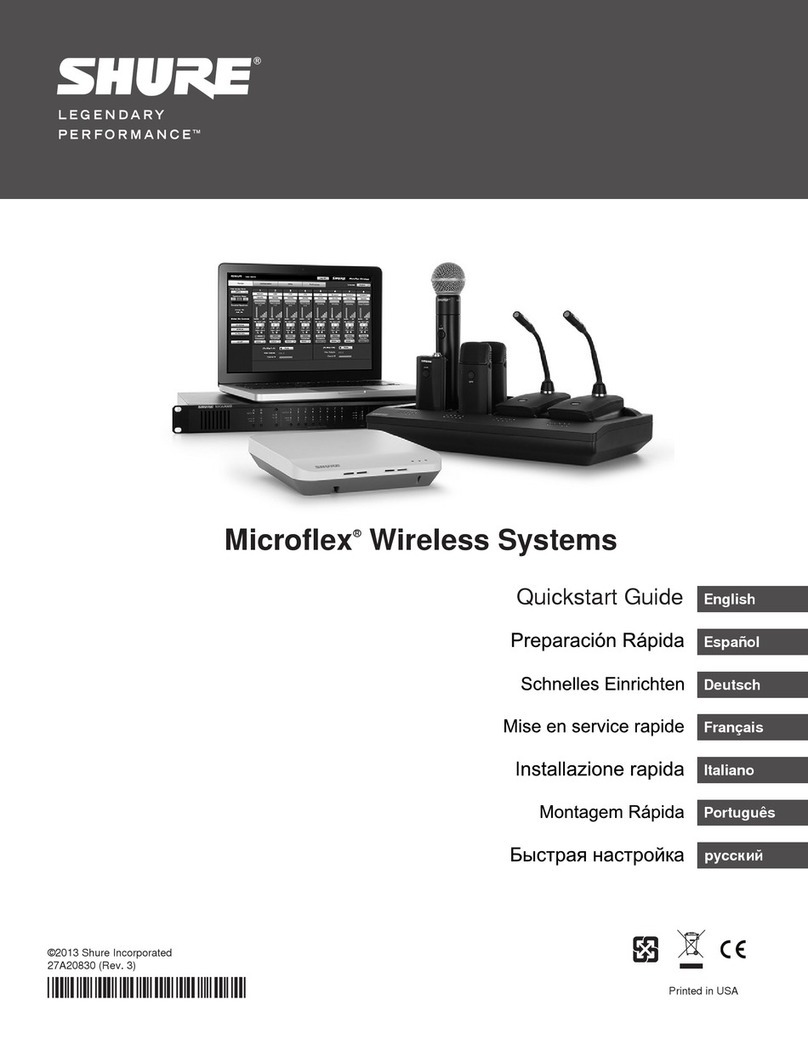
Shure
Shure Microflex User manual
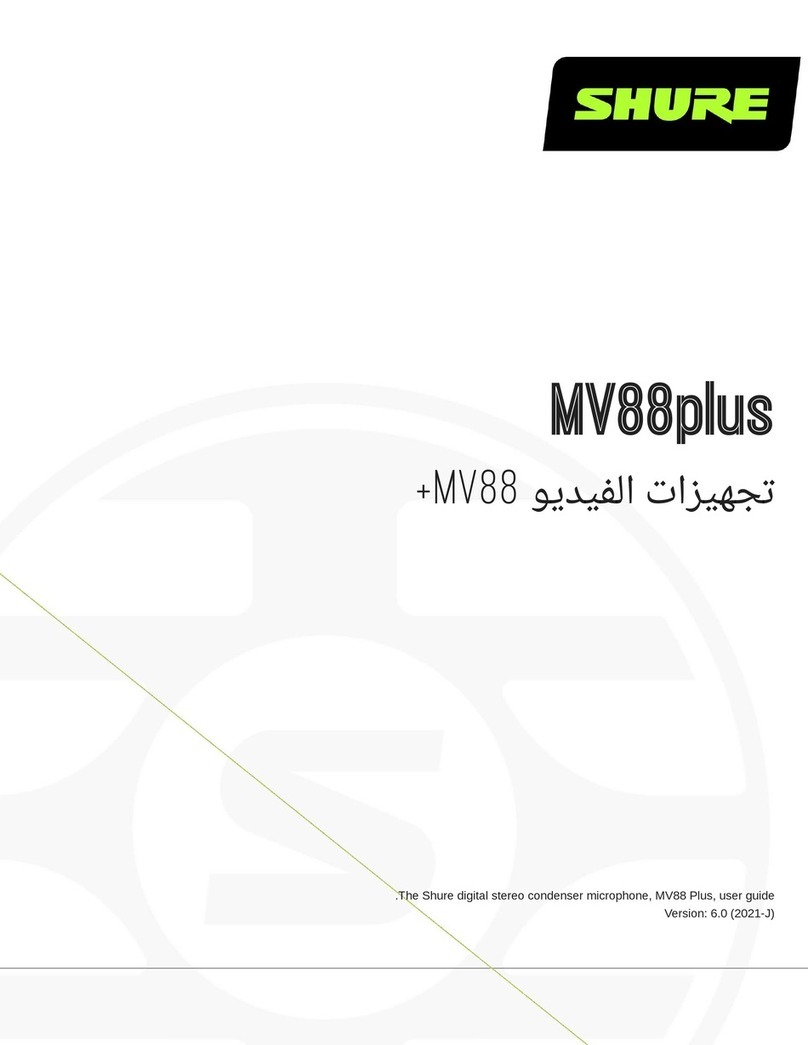
Shure
Shure MV88+ User manual

Shure
Shure BLX4R User manual

Shure
Shure Microflex MX400 Series User manual
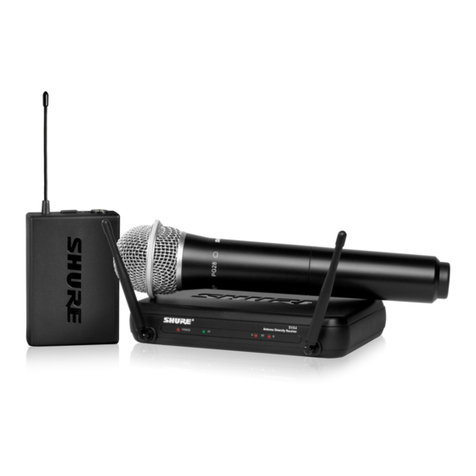
Shure
Shure SVX Wireless User manual
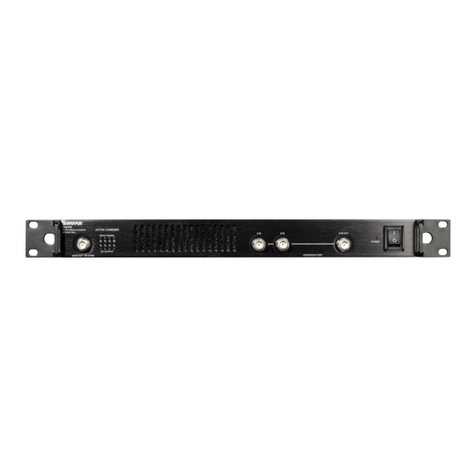
Shure
Shure PA421B User manual
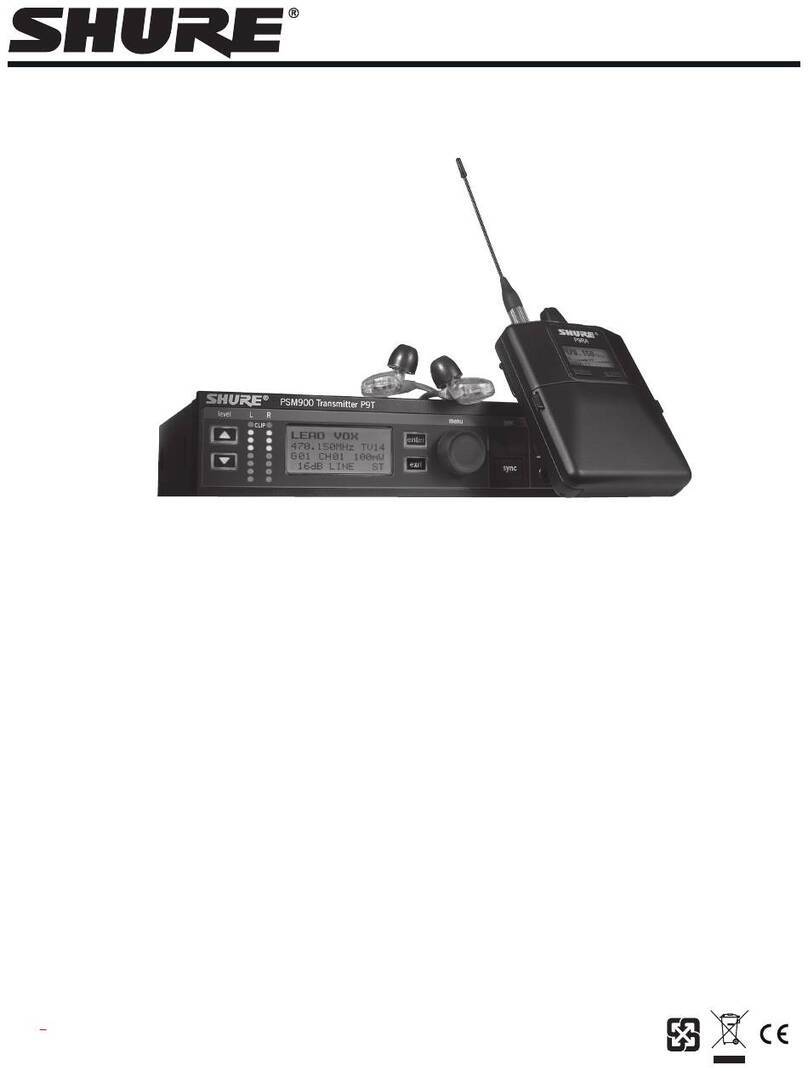
Shure
Shure PSM 900 User manual
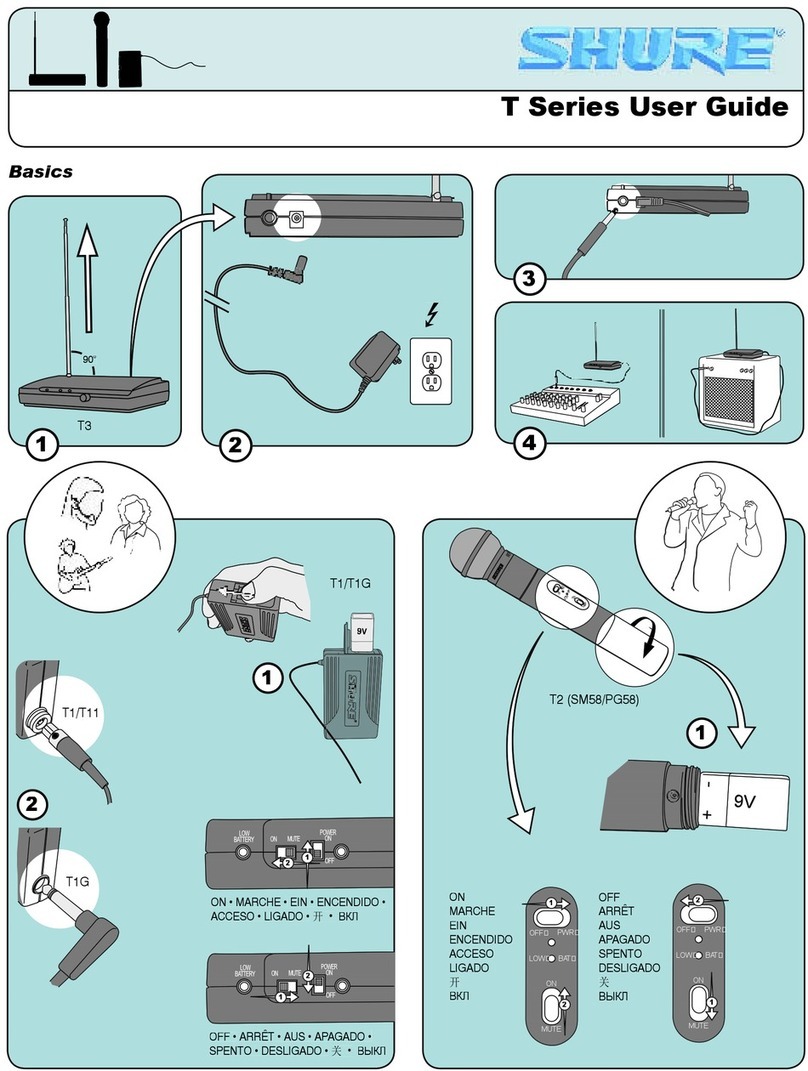
Shure
Shure T series User manual

Shure
Shure Performance Gear User manual

Shure
Shure GLXD6 User manual
Popular Microphone System manuals by other brands
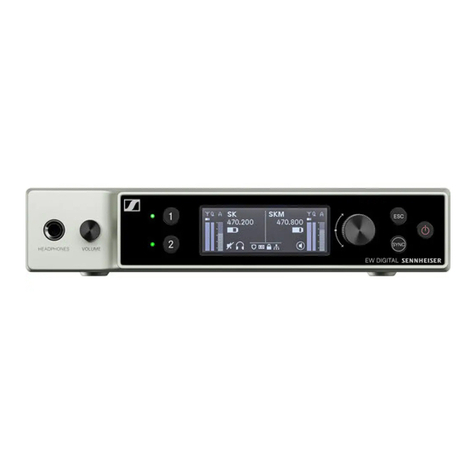
Sennheiser
Sennheiser Evolution Wireless Digital EW-DX EM 2 quick guide
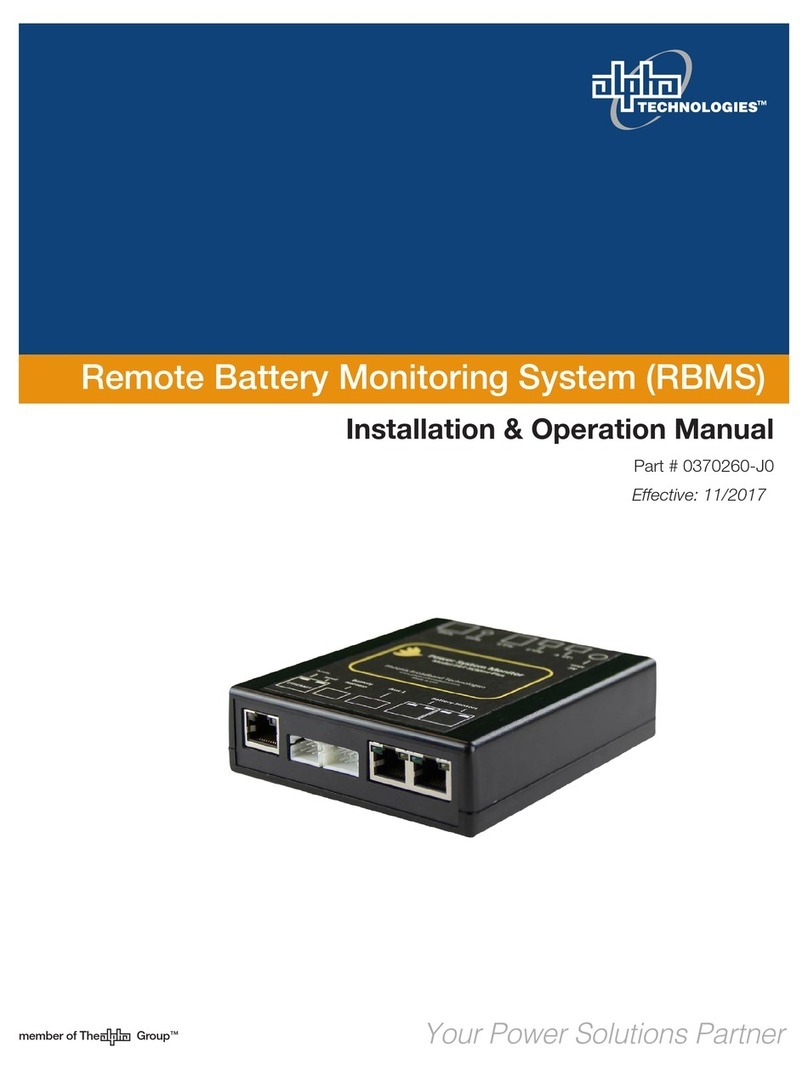
Alpha Technologies
Alpha Technologies RBMS Installation & operation manual
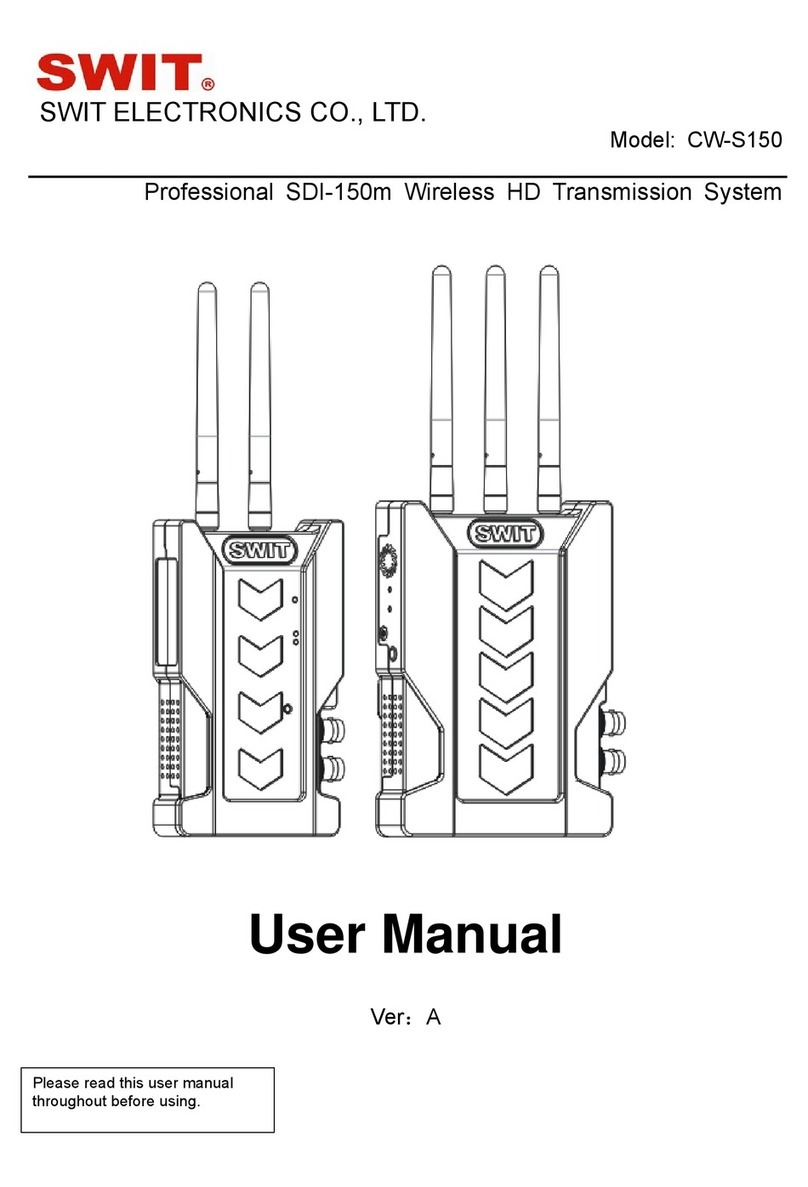
SWIT Electronics Co.,LTD.
SWIT Electronics Co.,LTD. CW-S150 user manual
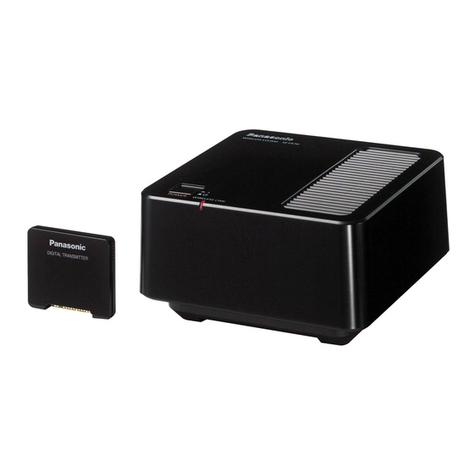
Panasonic
Panasonic SHFX70 - DVD HOME THEATER WIRELESS SYSTEM operating instructions
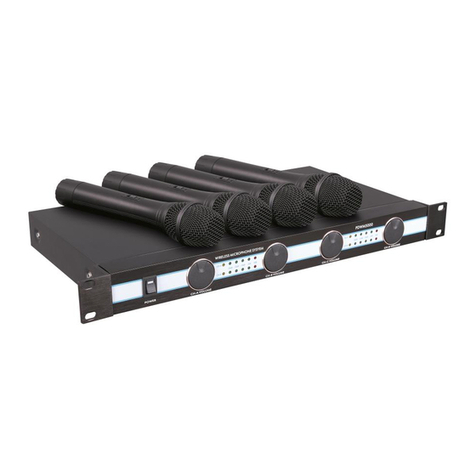
Pyle
Pyle PDWM5000 user manual

Airspan
Airspan AS4000 Installation and commissioning
